Telescope That Can See The Moon ?
A telescope that can see the moon is a basic telescope that can be found in most stores that sell telescopes. The moon is one of the brightest objects in the night sky, and it can be easily observed with a telescope that has a magnification of at least 30x. A telescope with a larger aperture will provide a clearer and more detailed view of the moon's surface features, such as craters, mountains, and valleys. It is important to note that the moon is a dynamic object, and its appearance changes over time due to its phases and libration. Therefore, a telescope that can track the moon's motion across the sky is recommended for prolonged observation.
1、 Optical telescopes
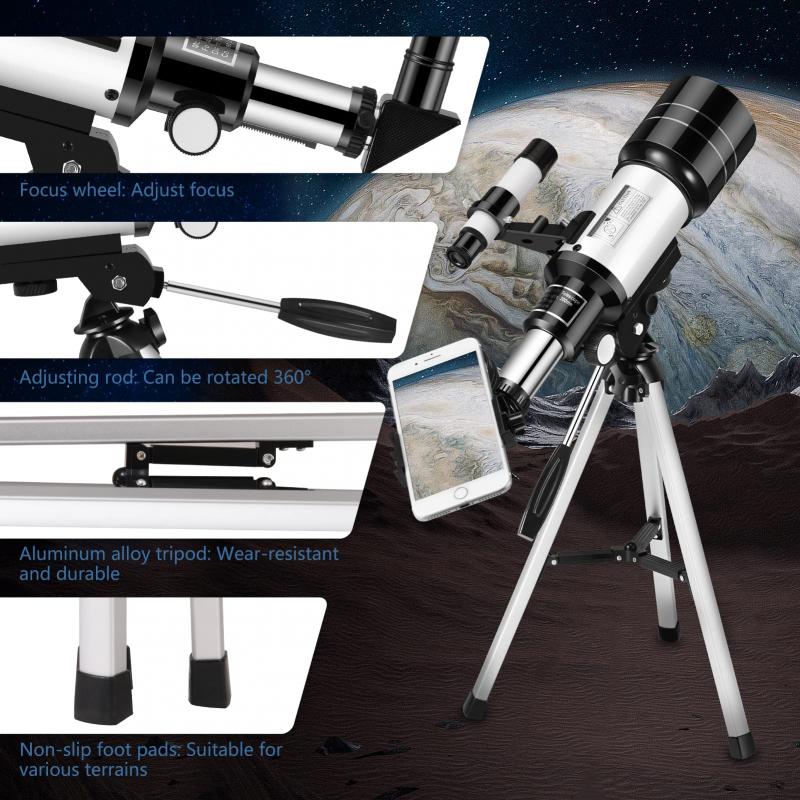
An optical telescope is a type of telescope that uses lenses or mirrors to gather and focus light from distant objects. It is the most common type of telescope used by astronomers to observe the universe. One of the most popular applications of optical telescopes is to observe the moon.
With an optical telescope, astronomers can observe the moon in great detail. They can study the moon's surface features, such as craters, mountains, and valleys. They can also observe the moon's phases, which are caused by the changing position of the moon relative to the sun.
In recent years, there have been significant advancements in optical telescope technology. For example, the James Webb Space Telescope, which is set to launch in 2021, will be the largest and most powerful space telescope ever built. It will be able to observe the universe in unprecedented detail, including the moon.
Another recent development in optical telescope technology is the use of adaptive optics. This technology allows telescopes to compensate for the distortion of light caused by the Earth's atmosphere, resulting in clearer and sharper images. This technology has been used to observe the moon and other celestial objects with greater accuracy.
In conclusion, optical telescopes are an essential tool for observing the moon and other celestial objects. With advancements in technology, astronomers can observe the moon in greater detail than ever before, providing valuable insights into the history and evolution of our nearest celestial neighbor.
2、 Refracting telescopes
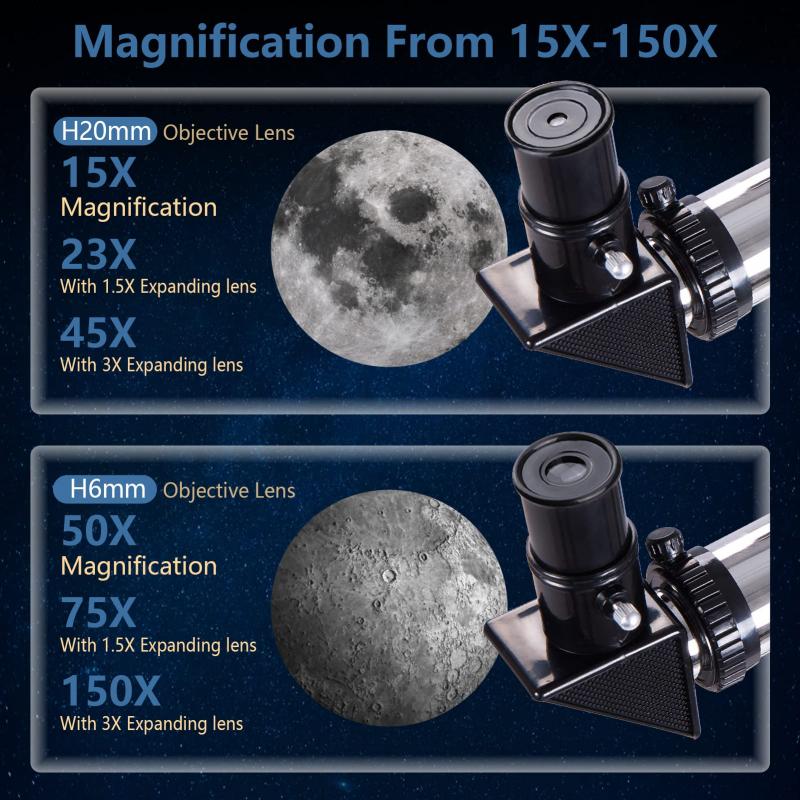
A refracting telescope is a type of telescope that uses lenses to gather and focus light. It is also known as a dioptric telescope. One of the most famous examples of a refracting telescope is the Hubble Space Telescope, which has revolutionized our understanding of the universe.
Refracting telescopes have a number of advantages over other types of telescopes. They are relatively simple to construct and maintain, and they are less prone to distortion than reflecting telescopes. They are also better suited for observing bright objects like the moon and planets, as they produce sharper images with less distortion.
However, refracting telescopes also have some limitations. They are generally more expensive than reflecting telescopes, and they are limited in size by the availability of large, high-quality lenses. This means that they are not as well-suited for observing faint objects like distant galaxies and nebulae.
Despite these limitations, refracting telescopes remain an important tool for astronomers and amateur stargazers alike. They are particularly useful for observing the moon, which is one of the brightest and most easily visible objects in the night sky. With a good quality refracting telescope, it is possible to see the craters, mountains, and other features of the moon in stunning detail.
3、 Reflecting telescopes
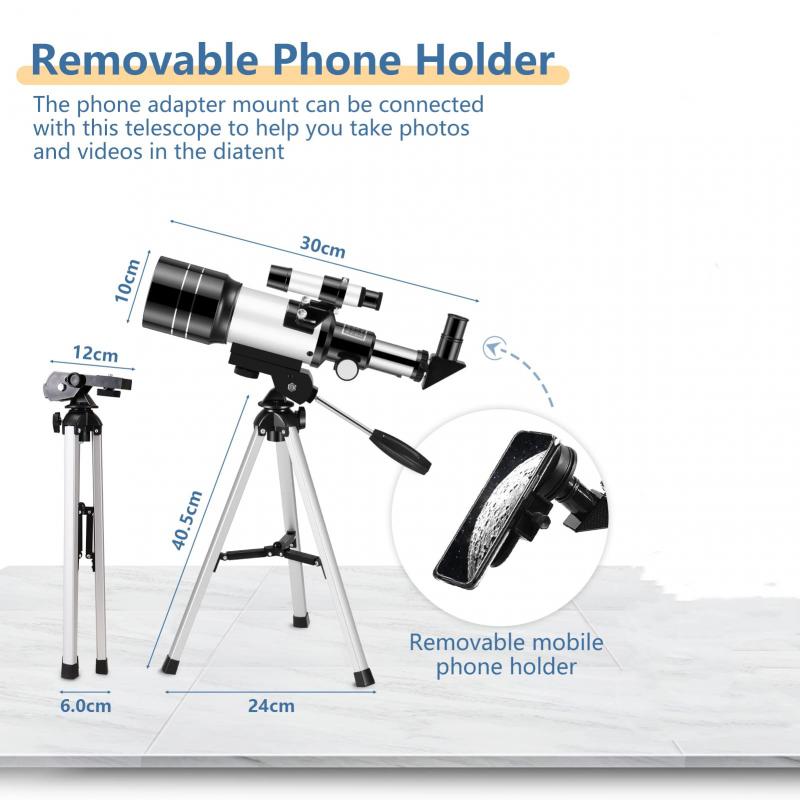
Reflecting telescopes are a type of telescope that uses mirrors to gather and focus light. They are commonly used for astronomical observations and are known for their ability to produce high-quality images of celestial objects. One of the most popular applications of reflecting telescopes is to observe the moon.
A telescope that can see the moon is a reflecting telescope. These telescopes use a concave mirror to gather and focus light, which is then reflected onto a secondary mirror and directed to the eyepiece. This design allows for a larger aperture, which means more light can be gathered and a clearer image can be produced.
In recent years, reflecting telescopes have undergone significant advancements in technology. One of the most notable developments is the use of computer-controlled mirrors, which can adjust their shape to compensate for atmospheric distortion. This technology, known as adaptive optics, has greatly improved the resolution and clarity of images produced by reflecting telescopes.
Another recent development in reflecting telescopes is the use of multiple mirrors to create a larger aperture. These telescopes, known as segmented mirrors, can be much larger than traditional telescopes and are capable of producing even clearer images of celestial objects.
Overall, reflecting telescopes remain an important tool for astronomers and amateur stargazers alike. With ongoing advancements in technology, these telescopes will continue to play a vital role in our understanding of the universe.
4、 Aperture size
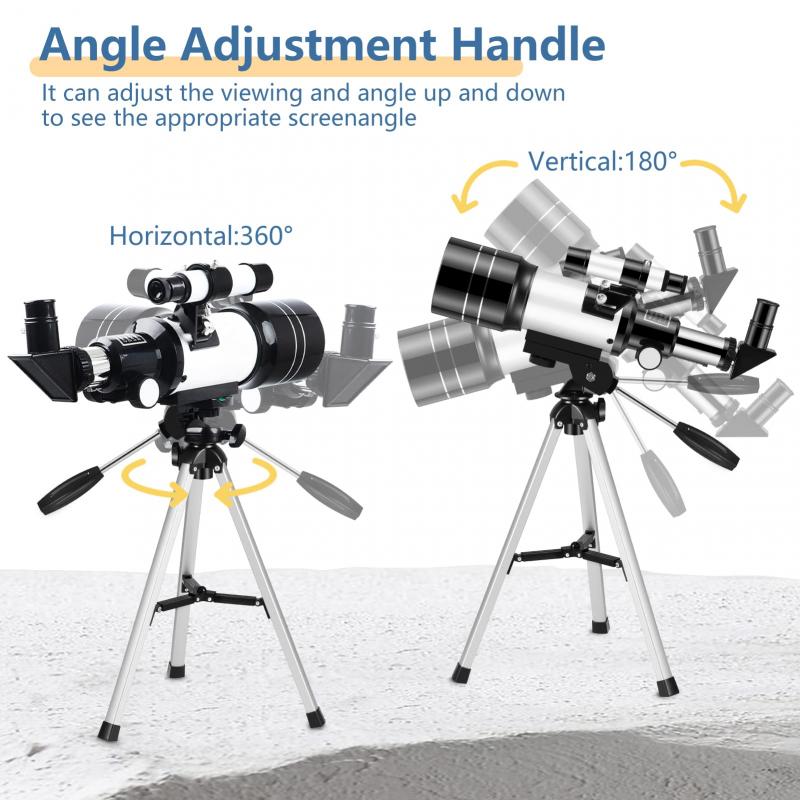
Aperture size is a crucial factor in determining the quality and capabilities of a telescope. A telescope with a larger aperture size can gather more light, resulting in brighter and clearer images. This is particularly important when observing objects that are far away, such as the moon.
A telescope that can see the moon typically has an aperture size of at least 70mm. However, larger aperture sizes, such as 100mm or more, can provide even better views of the moon's surface details. Additionally, the quality of the optics and the telescope's design can also impact its ability to see the moon clearly.
In recent years, advancements in technology have allowed for even more precise and detailed observations of the moon. For example, some telescopes now come equipped with specialized filters that can enhance specific features on the moon's surface, such as craters or mountains. Additionally, some telescopes are now designed with computerized tracking systems that can automatically follow the moon's movement across the sky, making it easier to keep the moon in view for extended periods of time.
Overall, the aperture size of a telescope is a critical factor in its ability to see the moon and other celestial objects. However, advancements in technology and design have also played a significant role in improving the quality and capabilities of modern telescopes.







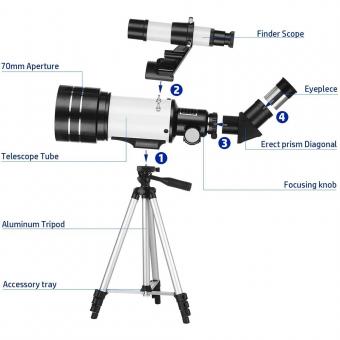


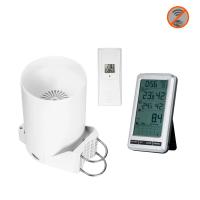

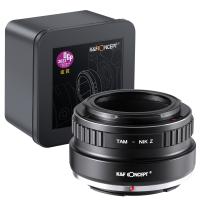

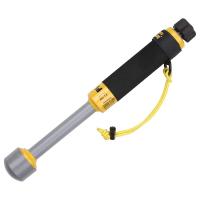



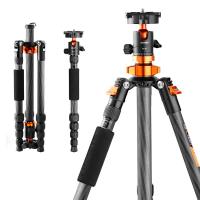







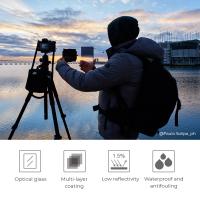
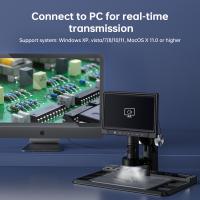

There are no comments for this blog.